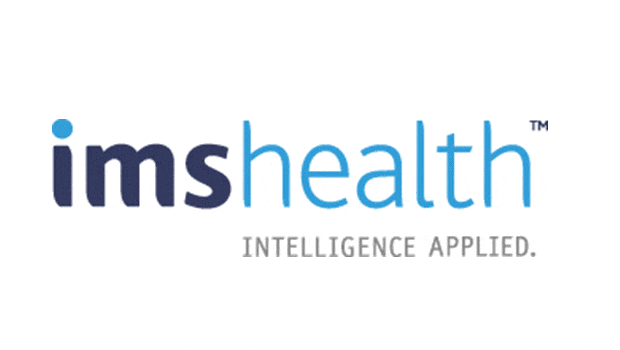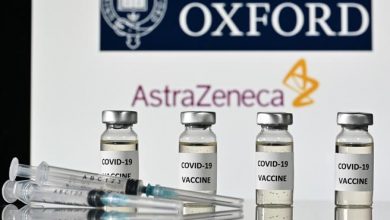
Here are the forecasts of the Institute for healthcare informatics for the next few years
Thursday 20 November 2014 by Redazione AboutPharma and Medical Devices
 World pharmaceutical spending will increase by up to 30% over the period 2013-2018, reaching nearly $1.3 trillion. And the prediction ofInstitute for healthcare informatics (Ims).
World pharmaceutical spending will increase by up to 30% over the period 2013-2018, reaching nearly $1.3 trillion. And the prediction ofInstitute for healthcare informatics (Ims).
The world pharmaceutical market is expected to register a compound mean growth rate (Cagr) of 4-7%, with an increase of 305-335 billion dollars in the period 2013-2018 compared to 194 billion recorded between 2009 and 2013, when the CAGR stood at 5.2%.
According to Ims, the leap forward will be mainly driven by innovative medicines, better access to treatments and the reduction of the impact of patent expiration. The annual expenditure, then, should record a peak in 2014 a 70 billion dollars, up from 44 billion in 2013 and from 26 in 2012. Subsequently, the value will stabilize until 2018, while remaining at levels higher than those observed during 2009-2013.
“The high level of growth in spending that we expect over the next five years – he saysMurray Aitken, executive director of Ims – reflects an unusual combination of higher spending from the surge in innovative medicines, and lower savings from patent expirations. This is particularly evident this year and will be next, especially in the United States, which accounts for more than a third of the global market.”
THE more developed markets (USA, France, Germany, Spain, United Kingdom, Italy and Japan) will be the main drivers of this growth: even if the price increase will be hampered by cost containment measures, volumes will continue to contribute to overall growth. Only France and Spain will see a contraction in per capita pharmaceutical spending in 2018, as a result of national policies.
THE 21 pharmamerging markets, which currently account for 25% of global pharmaceutical expenditure, are projected to grow by more than 50% by 2018, with a Cagr of 8-11% over the forecast period, thanks to expanding access to care due to expanding economies and government efforts to provide universal health coverage. About 200 new drugs are expected to be launched over the next five years.





